Elderly Disabled Assistive Device market Summary
As per MRFR analysis, the Elderly Disabled Assistive Device Market was estimated at 25.6 USD Billion in 2024. The market is projected to grow from 26.84 USD Billion in 2025 to 42.98 USD Billion by 2035, exhibiting a compound annual growth rate (CAGR) of 4.82 during the forecast period 2025 - 2035.
Key Market Trends & Highlights
The Elderly Disabled Assistive Device Market is experiencing robust growth driven by technological advancements and an aging population.
- Technological integration is reshaping the elderly disabled assistive device market, enhancing functionality and user experience.
- User-centric design is becoming increasingly important, ensuring devices meet the specific needs of elderly individuals and physically disabled individuals.
- The demand for home modifications is rising, particularly in North America, as more individuals seek to age in place comfortably.
- Key market drivers include the aging population and technological advancements, which are propelling growth in mobility aids and hearing aids segments.
Market Size & Forecast
| 2024 Market Size | 25.6 (USD Billion) |
| 2035 Market Size | 42.98 (USD Billion) |
| CAGR (2025 - 2035) | 4.82% |
Major Players
Invacare Corporation (US), Drive DeVilbiss Healthcare (US), Sunrise Medical (US), Permobil (SE), Harmar Mobility (US), Medline Industries (US), Pride Mobility Products (US), Karma Medical Products (TW), GF Health Products (US)


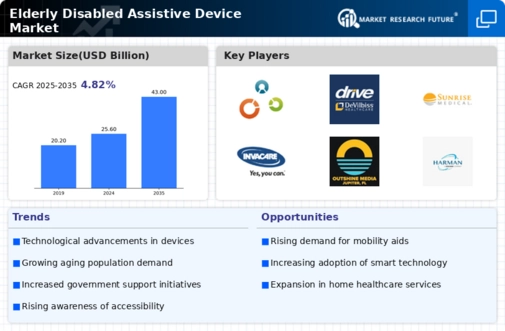


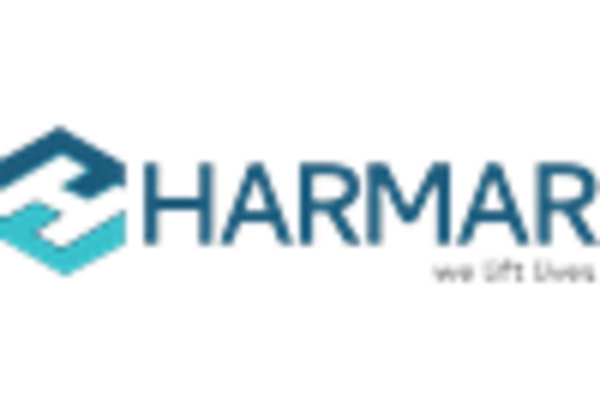
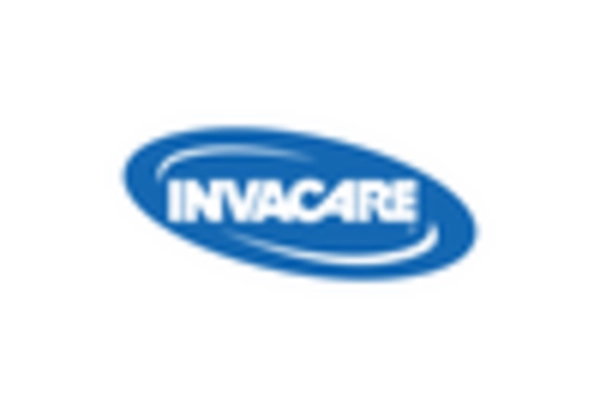
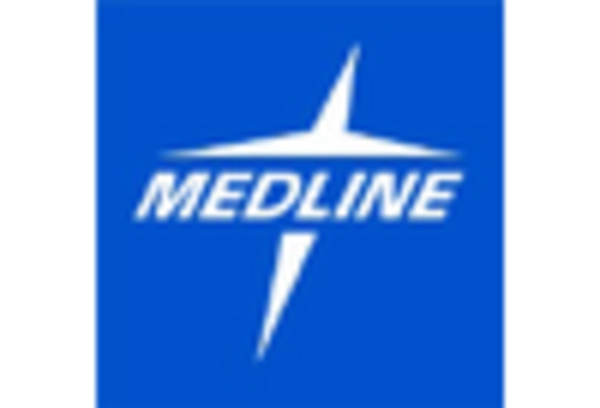
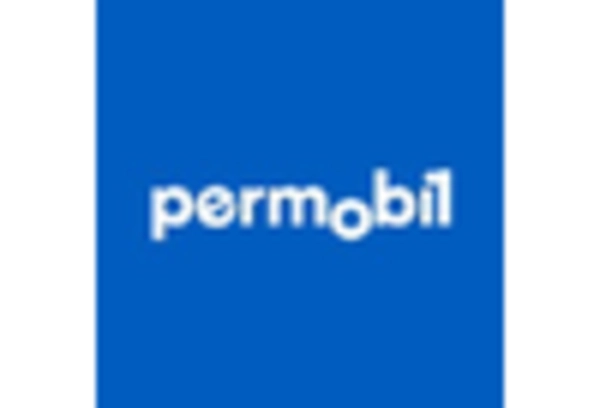
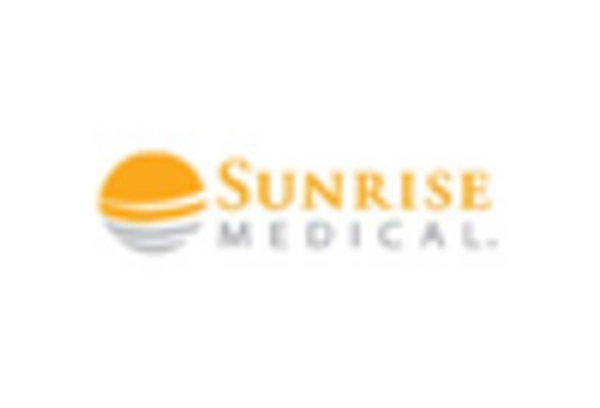








Leave a Comment